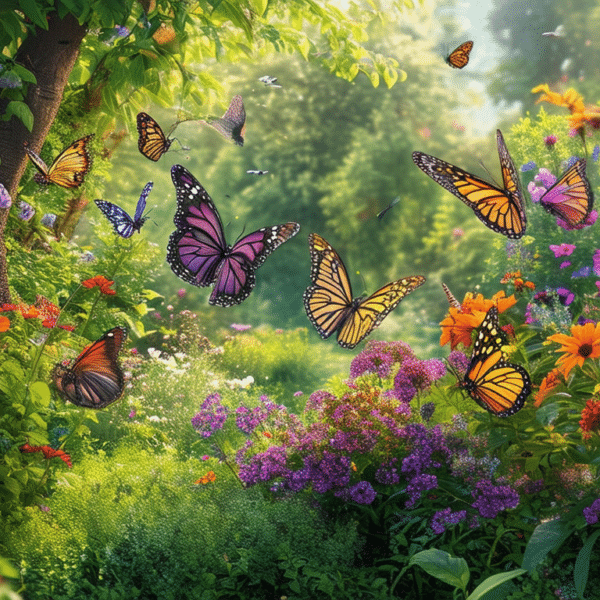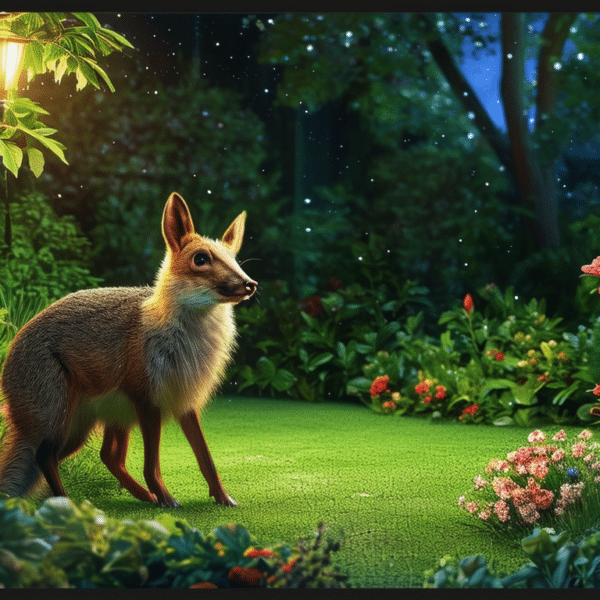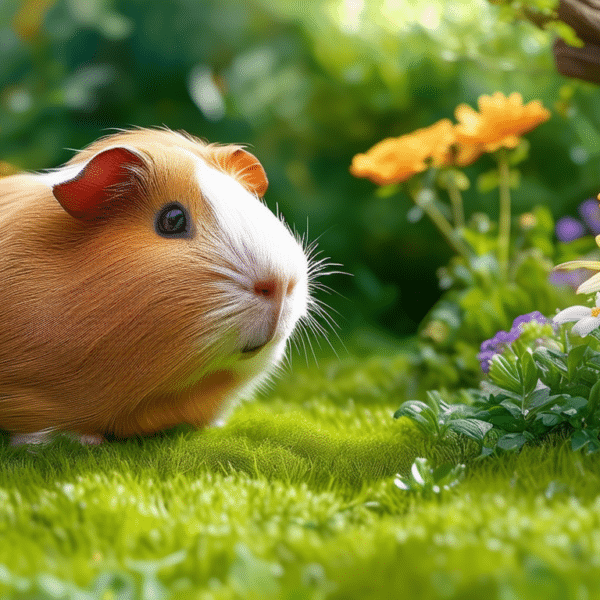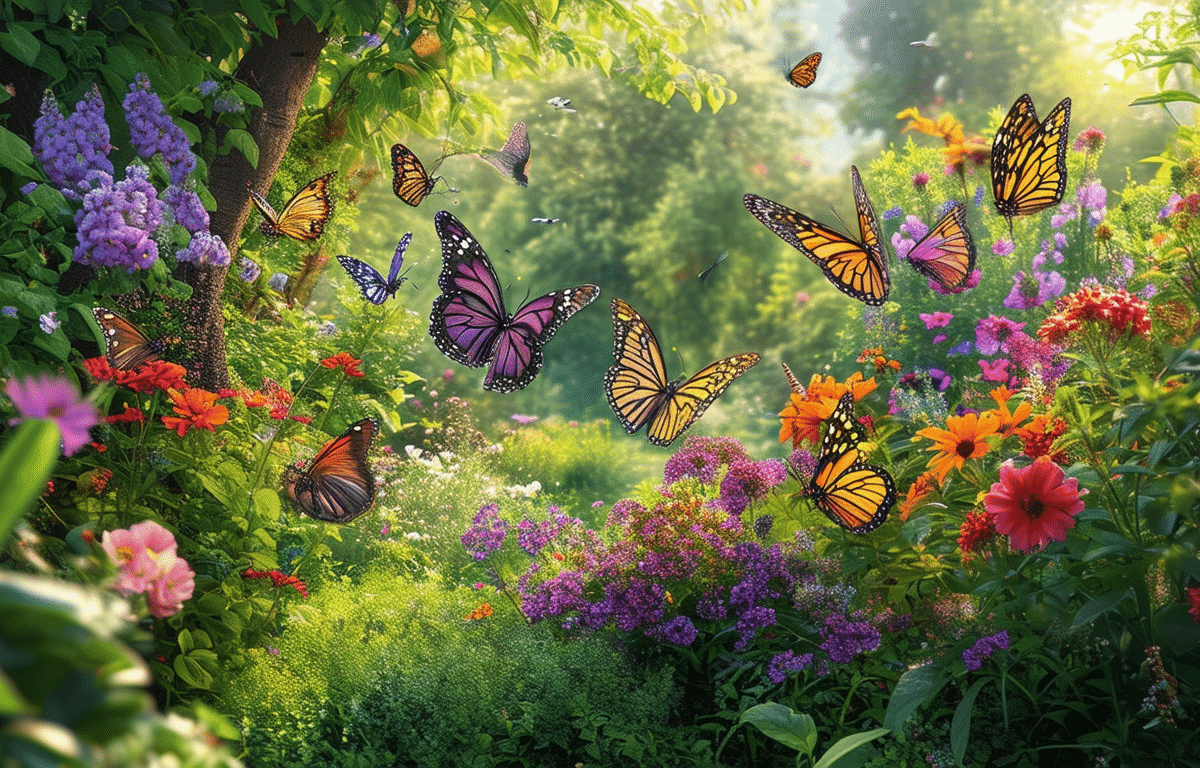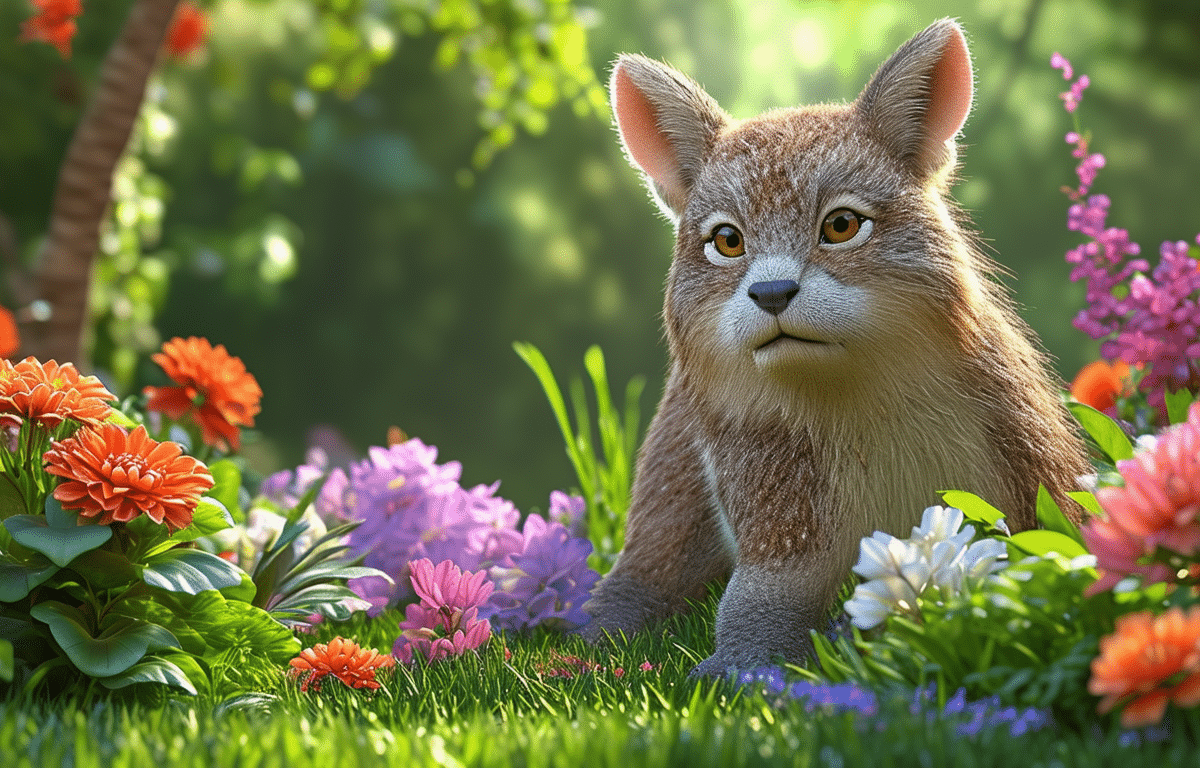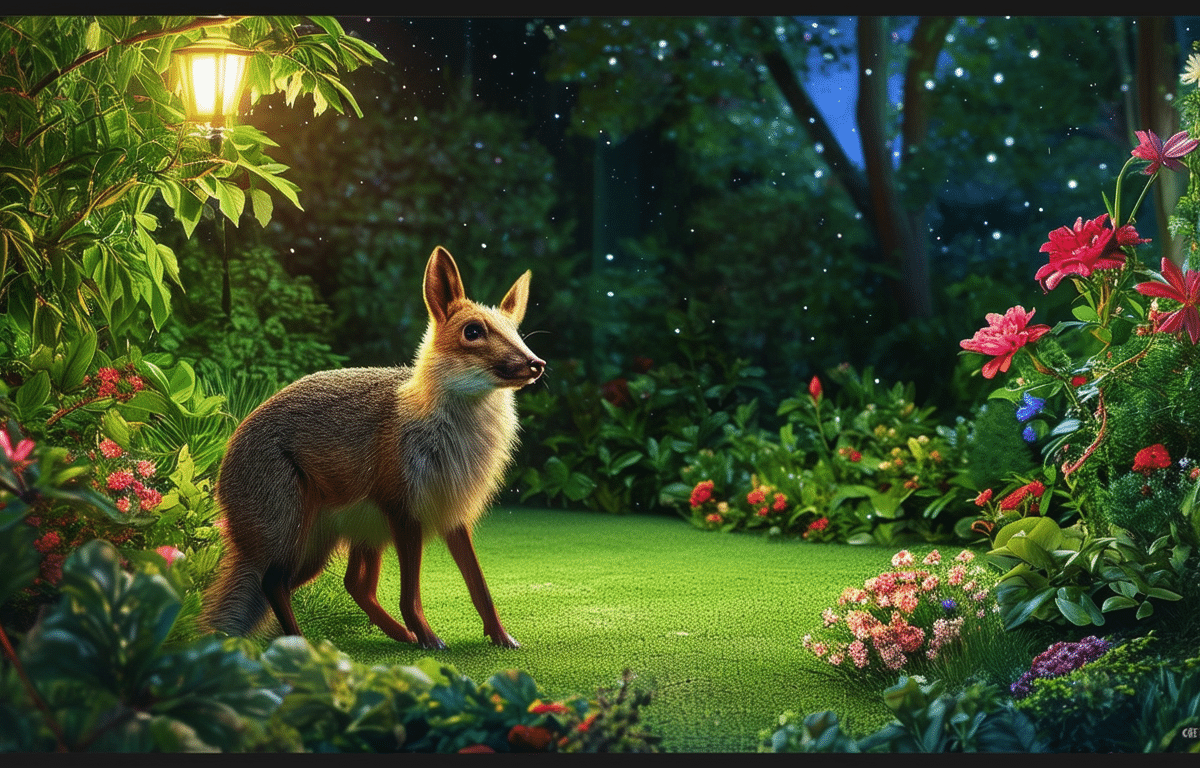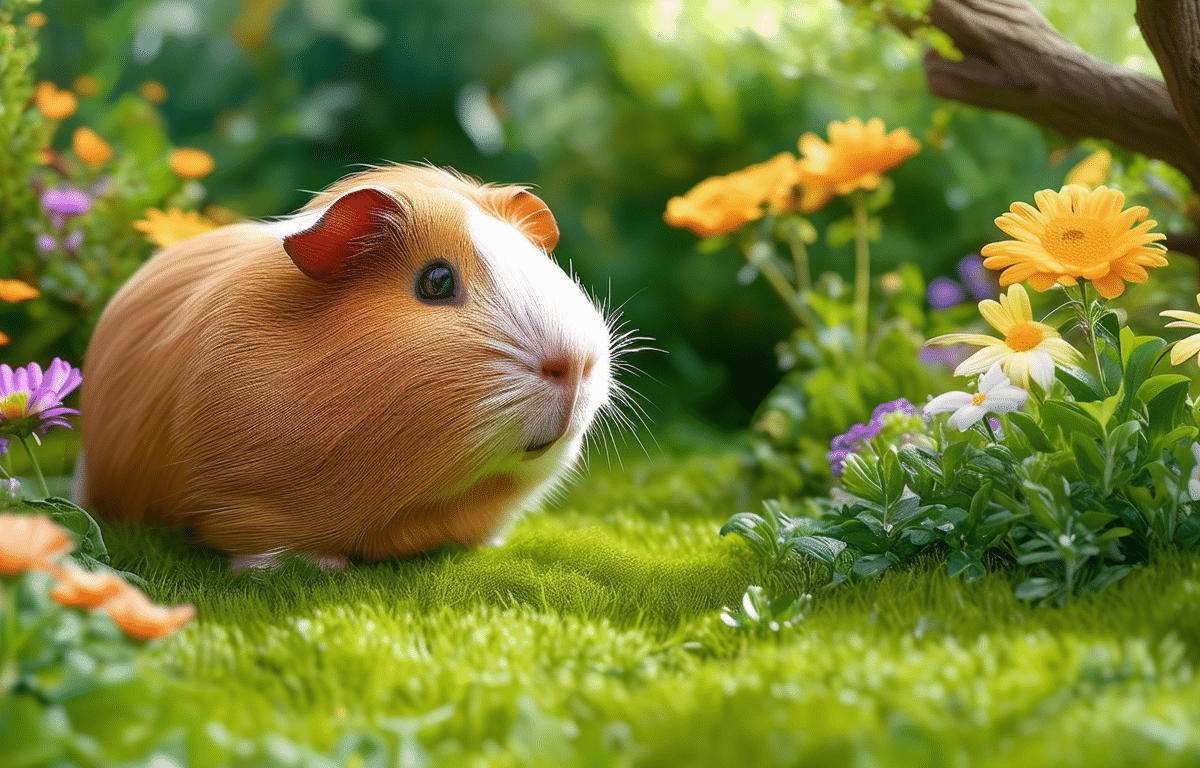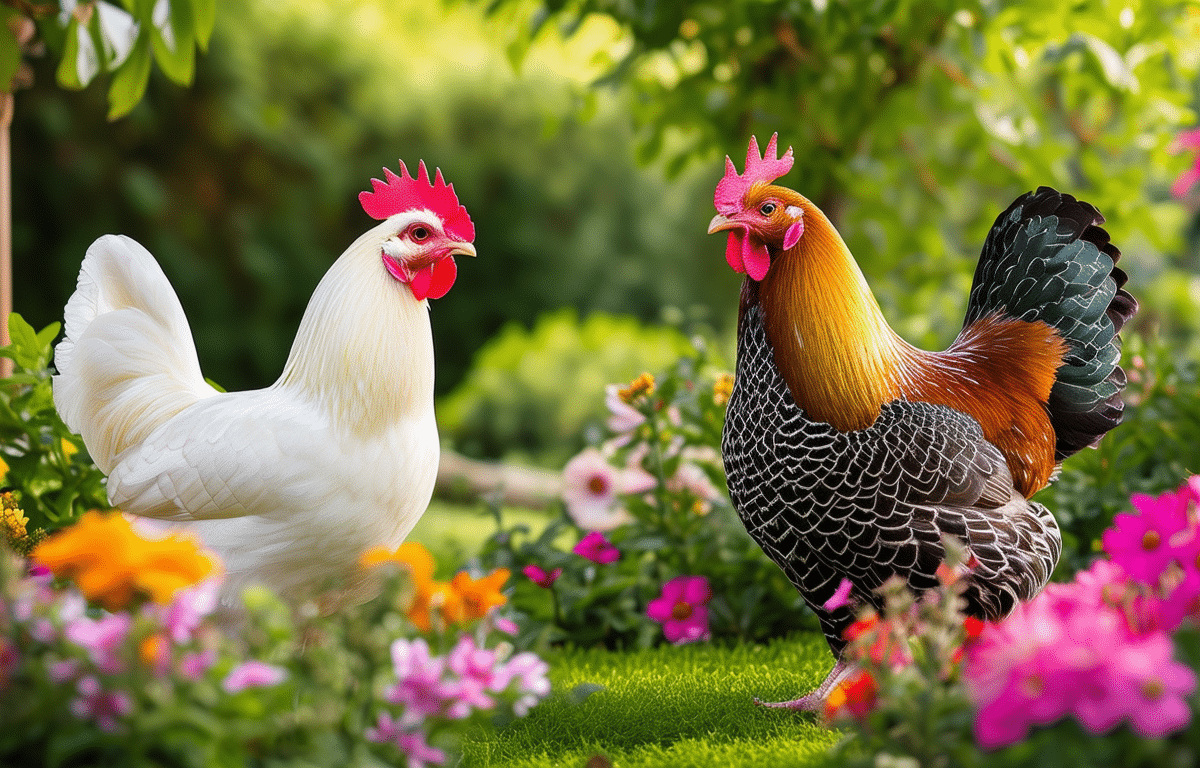Content
Creating a garden that not only blooms with flowers but also buzzes with wildlife is a rewarding endeavor. Among the most beneficial nocturnal visitors are bats, which serve as natural pest controllers. These fascinating creatures can consume thousands of insects in a single night, including many garden pests such as mosquitoes. Here’s how to make your garden an inviting habitat for these winged allies.
Understanding Bat Behavior and Preferences

Bats are particular about their roosting spots and foraging grounds. They prefer environments that mimic their natural habitats—dark, quiet, and high places away from predators. To successfully attract bats, it’s essential to understand their behavior. Bats are more likely to visit gardens that provide them with the security and resources they need to thrive.
Installing a Bat House
One effective way to encourage bats to take up residence in your garden is by installing a bat house. These structures offer bats a safe place to roost during the day. When placing a bat house, ensure it’s high enough (at least 15 feet off the ground) to protect bats from predators and positioned where it can receive ample sunlight to maintain a warm internal temperature. The south or southeast exposure is often ideal for maintaining the warmth that bats prefer.
Selecting the Right Location
The location of your bat house is crucial. It should be placed near a water source, as bats need water for drinking and foraging. Additionally, bat houses should be mounted on poles or buildings rather than trees, which can make them more accessible to predators like cats and raccoons. Clear flight paths are also important, so avoid placing the house where there are too many obstructions like branches or wires.
Creating a Bug-Rich Environment
Bats are attracted to areas with abundant food sources. By fostering an environment rich in insects, you’re providing a feast for your nocturnal guests. Consider planting native species that attract night-flying insects; white or pale flowers are particularly visible at dusk and can draw in moths and other insects that bats feed on. Moreover, reducing pesticide use ensures that bats have plenty of pests to munch on and that their food supply isn’t poisoned.
Maintaining Water Features
A garden with a pond or fountain not only adds aesthetic value but also serves as an insect magnet. Water features support various forms of life, including aquatic insects, which are a food source for bats. Ensuring your water feature has sloping sides will allow bats to drink safely on the wing without the risk of drowning.
Providing Additional Roosting Options
Beyond bat houses, there are other ways to create roosting options for bats. Trees with peeling bark or dead trees (snags) can offer natural roosting spots. If safety permits, leaving snags standing can provide critical habitat for not only bats but other wildlife as well. Alternatively, creating insect hotels can boost your garden’s overall biodiversity and indirectly benefit bat populations by increasing the number of prey insects available.
Promoting a Bat-Friendly Community
Your efforts to attract bats can be amplified by encouraging neighbors to adopt similar practices. A community approach to creating bat-friendly spaces can significantly increase local bat populations and contribute to broader conservation efforts. Sharing knowledge about the benefits of having bats around can help dispel myths and foster appreciation for these important creatures.
Incorporating these strategies into your garden design not only supports local wildlife but also contributes to natural pest control, creating a healthier environment for all inhabitants—floral, faunal, and human alike. As you watch these nocturnal acrobats dive through the twilight skies, you’ll know your garden is playing its part in sustaining the delicate balance of nature.


